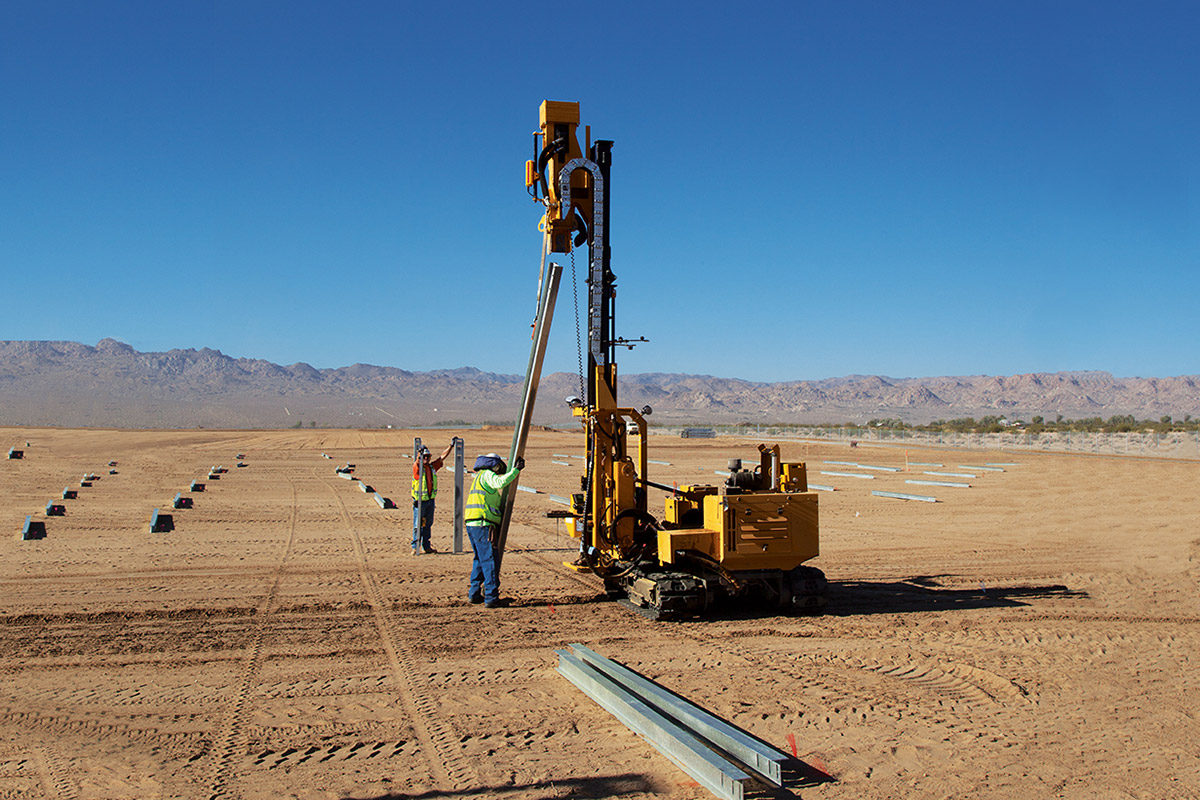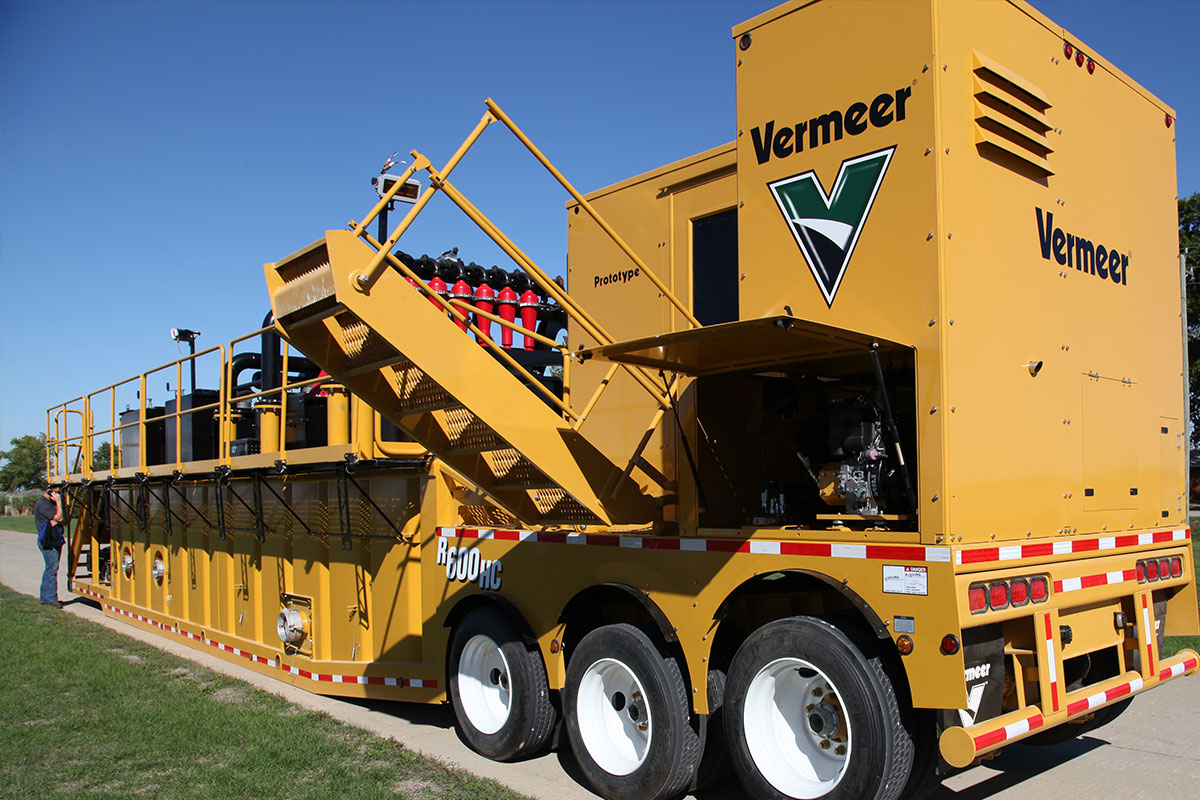Despite solid growth in the Australian utility-scale solar sector, it is expected that some engineering, procurement and construction (EPC) players will leave this market soon due to strong competition and rising costs. Here, we look at what is driving this competition, and how the right equipment could help EPC companies survive in the current market conditions.
A recent report by Sustainable Energy Research Analytics (SERA) suggests some solar EPC businesses will exit the market in the near future, despite the fact Australia is booming in this area. Strong competition from established players, combined with reduced margin pressure is likely to drive out less competitive companies.
The Australian utility-scale solar market has recently gained momentum and has real growth potential; SERA tracks 12.7GW of solar photovoltaic projects of ten megawatts or greater, up from just a handful a few years ago. Around 311MW is currently operating, with another gigawatt under construction and a further six gigawatts in advanced design stages.
Ben Willacy, SERA Director, said that while SERA estimates existing uncommitted projects to be worth over AU$14.7 billion to EPC providers, five key players in Australia (Downer, RCR Tomlinson, Elecnor, Bouygues and UGL) have secured around 95 per cent of the publicly announced EPC contracts.
Although the current EPC players have a strong stance in the market, Mr Willacy expects to see competition intensify as new players attempt to enter the market, or subcontractors step up as full EPC providers to take advantage of the opportunities.
“We estimate 80 per cent of future project capacity is yet to secure an EPC partner. The scale of the opportunity for EPC companies in the Australian solar sector is huge,” said Mr Willacy. SOLAR 64 SOLAR 65 Utility Partner Solutions Utility Partner Solutions
RISING COSTS PUT PRESSURE ON EPC MARGINS
Mr Willacy expects a “survival of the fittest” phase for EPC providers, where the desire to take on a project at a competitive price needs to be weighed against increasing EPC costs.
“Ongoing pressures for lower power purchase agreements (PPAs) and cheaper solar, combined with upward pressure on costs, are squeezing EPC margins. Trends driving future EPC prices up include panel prices, labour costs and grid connection.
“Delivering projects at today’s prices is proving a challenge. Contractors will be taking a hard look at the current crop of projects to identify opportunities for productivity gains,” said Mr Willacy.
Jeff Lawson, National Construction Equipment Sales Manager at Vermeer, believes reducing costs around solar panel installation is a key factor in whether an EPC provider will be competitive in the market.
“Margins are tight across many areas of construction, but with technology and equipment constantly improving, there are now opportunities to make significant time and dollar savings,” said Mr Lawson.
ADVANCED TECHNOLOGY TO REDUCE SOLAR FARM CONSTRUCTION COSTS
Mr Lawson said that while some costs of solar farm construction are difficult to control, there are ways to reduce unexpected expenses in projects.
“The right equipment is vital for reducing the risk of cost blowouts caused by project delays or machinery failure. I think the EPC companies that will survive in this competitive market will be the ones taking advantage of new equipment to help them control costs,” said Mr Lawson.
The installation of piles, upon which solar panels are mounted, has the potential to throw a project off track. Often piles are installed using a back-hoe and auger, and this time consuming process becomes even slower when hard terrain is encountered.
Pile drivers are an alternate installation method, but because most were designed for the installation of road barriers, they lack the accuracy and size variability required for solar pile installation. Mr Lawson said this is one of the reasons why Vermeer designed its PD10 Solar Pile Driver as a purpose-built option.
Click here to read the full article in the February 2018 edition of Utility Magazine

 MyDealer:
MyDealer:


